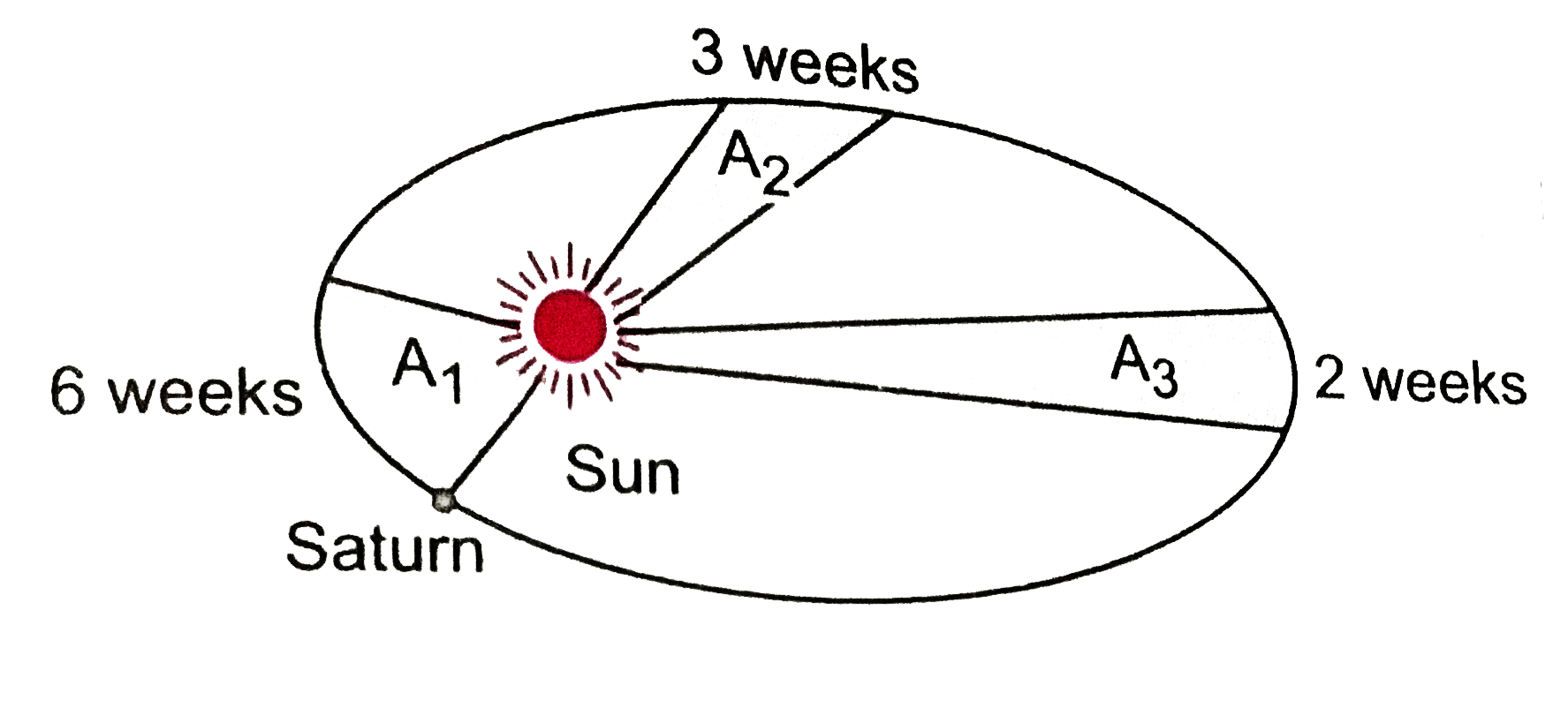Section - C from MTG IIT JEE FOUNDATION Chapter 011:FOOTSTEPS TOWARDS CBSE BOARD for Class 9
| Class 9 | PHYSICS |
| Chapter | FOOTSTEPS TOWARDS CBSE BOARD |
| MTG IIT JEE FOUNDATION | Section - C |
| Medium | English |
| Academic Year | 2023-2024 |
Question 24
Two skaters A and B are moving in opposite directions such as they collide head - on and immediately become entangled. Skater A has a mass of 40 kg and is moving with a velocity 4 m/s eastwards while the other skater B has a mass of 60 kg and is moving with a velocity 3 m/ westwards. Assume that hte frictional force acting between the skaters and the ground is negligible

The magnitude of total momentum of the two skaters before collision is View SolutionQuestion 25
Two skaters A and B are moving in opposite directions such as they collide head - on and immediately become entangled. Skater A has a mass of 40 kg and is moving with a velocity 4 m/s eastwards while the other skater B has a mass of 60 kg and is moving with a velocity 3 m/ westwards. Assume that hte frictional force acting between the skaters and the ground is negligible

The total momentum of the two entangled skaters after collision will be
(v) is the velocity of the entangled skaters after collision ) View SolutionQuestion 26
Two skaters A and B are moving in opposite directions such as they collide head - on and immediately become entangled. Skater A has a mass of 40 kg and is moving with a velocity 4 m/s eastwards while the other skater B has a mass of 60 kg and is moving with a velocity 3 m/ westwards. Assume that hte frictional force acting between the skaters and the ground is negligible

The velocity with which the two entangled skaters will move after collision is View SolutionQuestion 27
Two skaters A and B are moving in opposite directions such as they collide head - on and immediately become entangled. Skater A has a mass of 40 kg and is moving with a velocity 4 m/s eastwards while the other skater B has a mass of 60 kg and is moving with a velocity 3 m/ westwards. Assume that hte frictional force acting between the skaters and the ground is negligible

Which one of the following graphs depict linear momenta of bodies having equal velociyt proportional to their mass ? View SolutionQuestion 28
Two skaters A and B are moving in opposite directions such as they collide head - on and immediately become entangled. Skater A has a mass of 40 kg and is moving with a velocity 4 m/s eastwards while the other skater B has a mass of 60 kg and is moving with a velocity 3 m/ westwards. Assume that hte frictional force acting between the skaters and the ground is negligible

The percentage change is momentum of a body when both its mass and velocity are double, will be View SolutionQuestion 29
The Earth is not a perfect sphere. Due to the flattening of Earth at the poles, the radius of Earth is minimum at the poles and hence the value of g is maximum at the poles. One the other hand, the radius of the Earth is maximum at the equator of the Earth. As the mass and radius of moon are smaller than that of the Earth, so the value of g on moon is 1.63m/s2 . As we go up from the surface of the Earth, the distance from the centre of the Earth increases and hence the value of g decreases. The value of g decreases as we go down inside the Earth and it become zero at the centre of the Earth .

What is the value of acceleration due to gravity on the surface of Earth ? View SolutionQuestion 30
The Earth is not a perfect sphere. Due to the flattening of Earth at the poles, the radius of Earth is minimum at the poles and hence the value of g is maximum at the poles. One the other hand, the radius of the Earth is maximum at the equator of the Earth. As the mass and radius of moon are smaller than that of the Earth, so the value of g on moon is 1.63m/s2 . As we go up from the surface of the Earth, the distance from the centre of the Earth increases and hence the value of g decreases. The value of g decreases as we go down inside the Earth and it become zero at the centre of the Earth .

If a person with a spring balance and a body hanging from it goes up and up in an aeroplane, then the reading of the weight of the body as indicated by the spring balance will be View SolutionQuestion 31
The Earth is not a perfect sphere. Due to the flattening of Earth at the poles, the radius of Earth is minimum at the poles and hence the value of g is maximum at the poles. One the other hand, the radius of the Earth is maximum at the equator of the Earth. As the mass and radius of moon are smaller than that of the Earth, so the value of g on moon is 1.63m/s2 . As we go up from the surface of the Earth, the distance from the centre of the Earth increases and hence the value of g decreases. The value of g decreases as we go down inside the Earth and it become zero at the centre of the Earth .
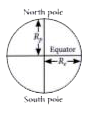
What will be the unit of Gg ?View SolutionQuestion 32
The Earth is not a perfect sphere. Due to the flattening of Earth at the poles, the radius of Earth is minimum at the poles and hence the value of g is maximum at the poles. One the other hand, the radius of the Earth is maximum at the equator of the Earth. As the mass and radius of moon are smaller than that of the Earth, so the value of g on moon is 1.63m/s2 . As we go up from the surface of the Earth, the distance from the centre of the Earth increases and hence the value of g decreases. The value of g decreases as we go down inside the Earth and it become zero at the centre of the Earth .

If the radius of the Earth were to shrink by 1% and its mass remaining the same, the acceleration due to gravity on the Earth's surface would View SolutionQuestion 33
The Earth is not a perfect sphere. Due to the flattening of Earth at the poles, the radius of Earth is minimum at the poles and hence the value of g is maximum at the poles. One the other hand, the radius of the Earth is maximum at the equator of the Earth. As the mass and radius of moon are smaller than that of the Earth, so the value of g on moon is 1.63m/s2 . As we go up from the surface of the Earth, the distance from the centre of the Earth increases and hence the value of g decreases. The value of g decreases as we go down inside the Earth and it become zero at the centre of the Earth .

The ratio of acceleration due to gravity ont he Moon and that on the Earth is View SolutionQuestion 34
Given figure shows the distance - time graph of three object A, B and C as time is taken on x- axis and distance is taken on y - axis . The slope of the distance - time graph of an object represents its speed .
The magnitude of displacement equal to the distance travelled by the object , then we can use the term uniform velocity in place of uniform speed
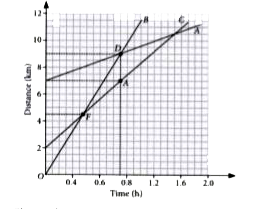
Choose the correct statement View SolutionQuestion 35
Given figure shows the distance - time graph of three object A, B and C as time is taken on x- axis and distance is taken on y - axis . The slope of the distance - time graph of an object represents its speed .
The magnitude of displacement equal to the distance travelled by the object , then we can use the term uniform velocity in place of uniform speed
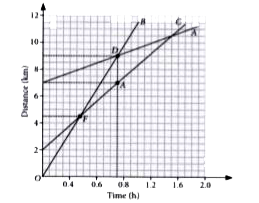
Which pair out of the three objects A, B and C travelled equal distance at any point ? View SolutionQuestion 36
Given figure shows the distance - time graph of three object A, B and C as time is taken on x- axis and distance is taken on y - axis . The slope of the distance - time graph of an object represents its speed .
The magnitude of displacement equal to the distance travelled by the object , then we can use the term uniform velocity in place of uniform speed
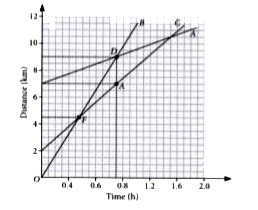
When B passes a distnace travelled by C is View SolutionQuestion 37
Given figure shows the distance - time graph of three object A, B and C as time is taken on x- axis and distance is taken on y - axis . The slope of the distance - time graph of an object represents its speed .
The magnitude of displacement equal to the distance travelled by the object , then we can use the term uniform velocity in place of uniform speed

Find the time when C meets A View SolutionQuestion 38
Given figure shows the distance - time graph of three object A, B and C as time is taken on x- axis and distance is taken on y - axis . The slope of the distance - time graph of an object represents its speed .
The magnitude of displacement equal to the distance travelled by the object , then we can use the term uniform velocity in place of uniform speed
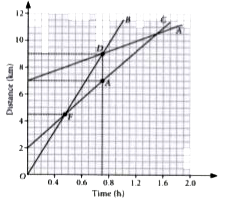
Choose the correct distance - time graph for an object moving with uniform velocity View SolutionQuestion 39
When a body is moving uniformly along a straight line and there is no force of friction, acceleration/retardation of the body. According to Newton's second law of motion, the magnitude of force acting on a body is the product of mass and acceleration of the body
The distance - time table of an object in motion is given below
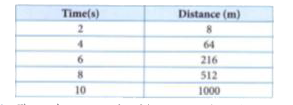
Choose the correct order of the corresponding velocities of the object (in ms−1 ) in different time intervals .View SolutionQuestion 40
When a body is moving uniformly along a straight line and there is no force of friction, acceleration/retardation of the body. According to Newton's second law of motion, the magnitude of force acting on a body is the product of mass and acceleration of the body
The distance - time table of an object in motion is given below

In the given table, acceleration of the object is View SolutionQuestion 41
When a body is moving uniformly along a straight line and there is no force of friction, acceleration/retardation of the body. According to Newton's second law of motion, the magnitude of force acting on a body is the product of mass and acceleration of the body
The distance - time table of an object in motion is given below
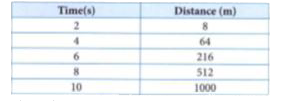
The force acting on the object View SolutionQuestion 42
When a body is moving uniformly along a straight line and there is no force of friction, acceleration/retardation of the body. According to Newton's second law of motion, the magnitude of force acting on a body is the product of mass and acceleration of the body
The distance - time table of an object in motion is given below

Which among the Newton's laws of motion can be used to calculate the force acting on the object in motion ?View SolutionQuestion 43
When a body is moving uniformly along a straight line and there is no force of friction, acceleration/retardation of the body. According to Newton's second law of motion, the magnitude of force acting on a body is the product of mass and acceleration of the body
The distance - time table of an object in motion is given below

A passenger in a moving train tosses a coin which falls behind him. This shows that the motion of train is View SolutionQuestion 65
According to the third law of motion when we push an object the object pushes back on us with an equal and opposite force. If the object is a massive truck parked along the roadside, it will probable not move . A student justifies this by answering that the two opposite and equal forces cancel each other. Comment on this logic and explain why the truck does not move View SolutionQuestion 77
An object has a uniformly acclerated motion. The object always slows down before the time, when its velcity becomes zero. Establish this statement graphiclly when (i) both initial veocity (u) and acceleration (a) are positive(iii) (u) is positive and (a) is begative and (iv) both (u) and (a) are negativ e.View SolutionQuestion 80
An object has a uniformly acclerated motion. The object always slows down before the time, when its velcity becomes zero. Establish this statement graphiclly when (i) both initial veocity (u) and acceleration (a) are positive(iii) (u) is positive and (a) is begative and (iv) both (u) and (a) are negativ e.View Solution
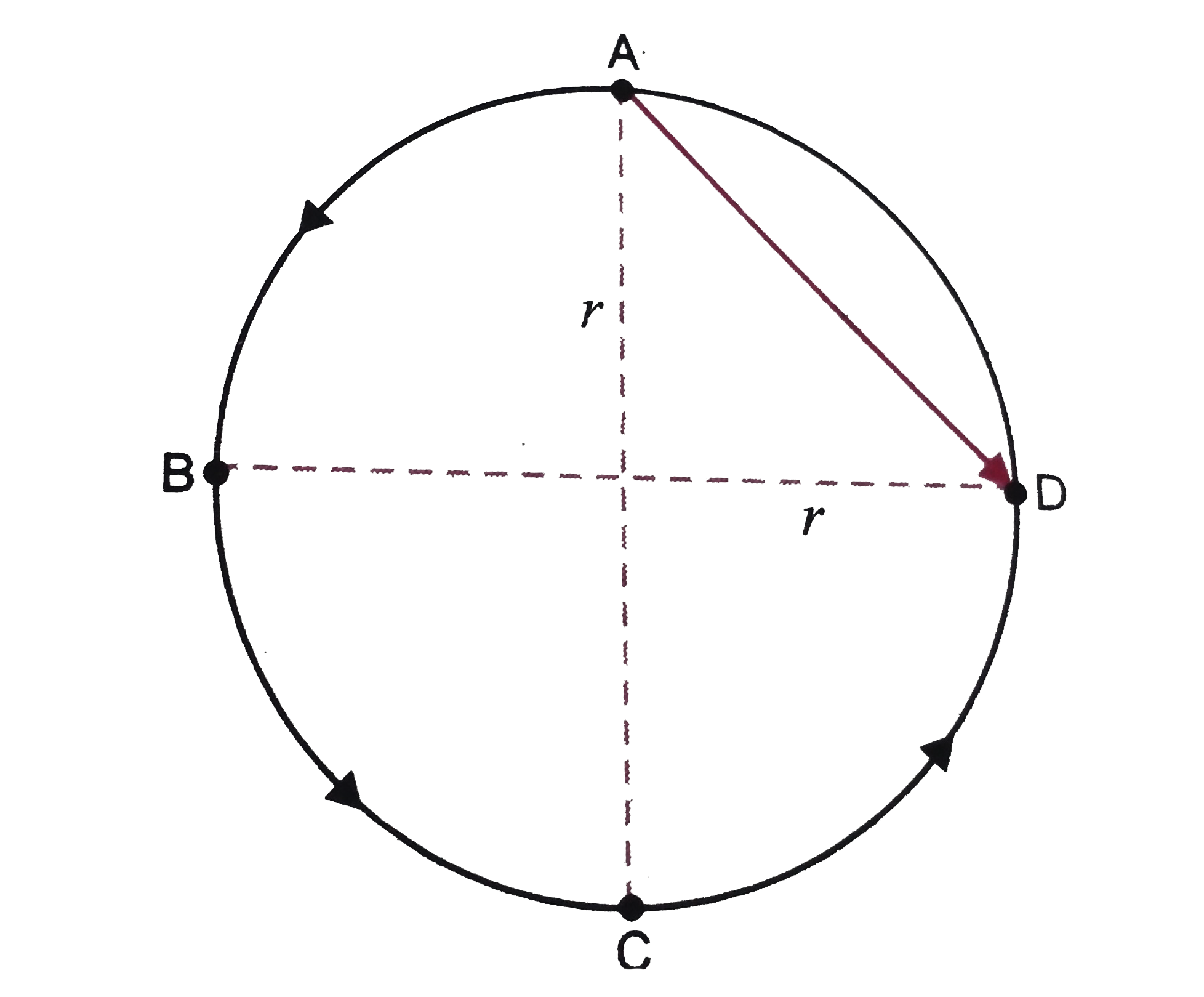
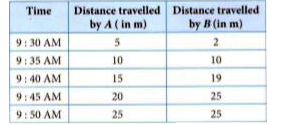
 .
.


